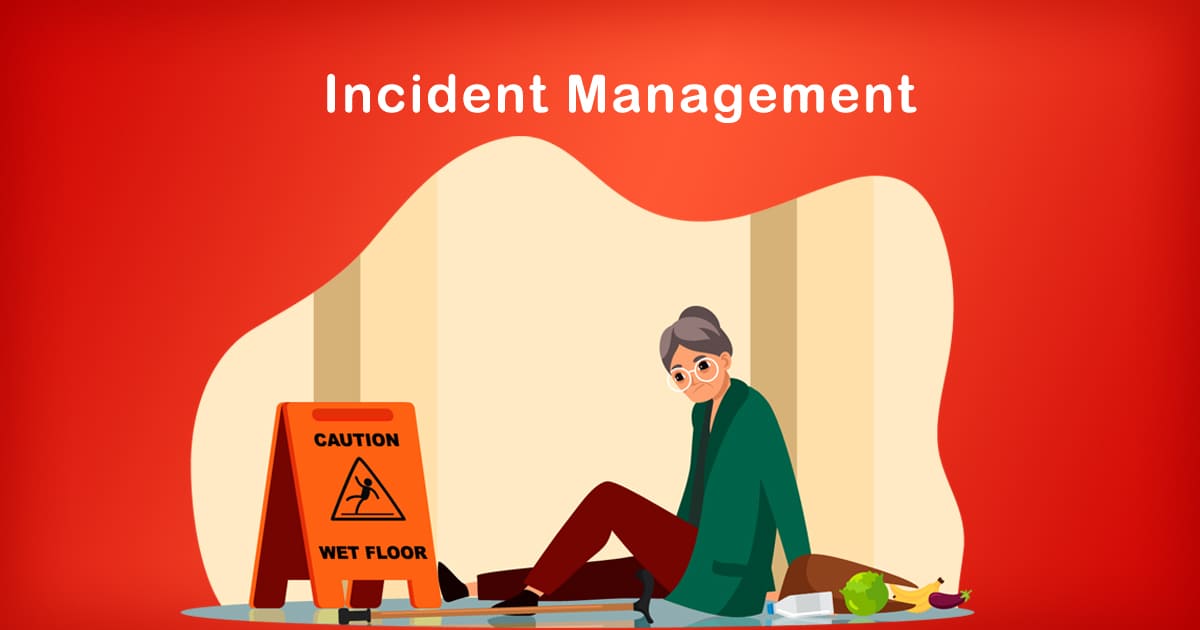Introduction
Incident management is a critical process in any organization, especially in India where the threat landscape is constantly evolving. From natural disasters to cyber-attacks, organizations in India need to be prepared to respond quickly and effectively to any incident that may occur. In this blog, we will explore some of the best practices for incident management in India, based on research and facts.
Understand the threat landscape
One of the first steps in incident management is to understand the threat landscape. India is a country that is prone to natural disasters, such as floods, earthquakes, and cyclones. According to a report by the National Disaster Management Authority (NDMA), India experienced 431 disasters between 1980 and 2010, which resulted in 1.8 million deaths and affected 718 million people.
Apart from natural disasters, India is also facing an increasing threat from cyber-attacks. According to a report by the Indian Computer Emergency Response Team (CERT-In), there were 208,456 cyber-security incidents reported in India in 2020, a 44% increase from the previous year.
Having a good understanding of the threat landscape can help organizations prepare for potential incidents and respond quickly and effectively when they occur.
Develop an incident response plan
The next step in incident management is to develop an incident response plan. This plan should outline the steps that need to be taken in the event of an incident, such as who should be contacted, what resources are available, and how communication should be handled.
It is also important to have a clear chain of command and to define roles and responsibilities. This can help ensure that everyone knows what they need to do in the event of an incident and can act quickly and decisively.
Conduct regular training and drills
Once an incident response plan has been developed, it is important to conduct regular training and drills. This can help ensure that everyone is familiar with the plan and knows what to do in the event of an incident.
Regular training can also help identify any weaknesses in the plan and allow organizations to make improvements before an incident occurs. It is also important to conduct simulations and drills that mimic real-life scenarios, as this can help prepare employees for the stress and pressure of a real incident.
Implement robust security measures
In order to prevent incidents from occurring in the first place, it is important to implement robust security measures. This can include physical security measures, such as access controls and surveillance cameras, as well as cyber-security measures, such as firewalls and anti-virus software.
It is also important to stay up-to-date with the latest security threats and to implement new security measures as needed. Regular vulnerability assessments and penetration testing can help identify potential weaknesses and allow organizations to take corrective action before an incident occurs.
Establish strong partnerships
Incident management is not something that organizations can do alone. It is important to establish strong partnerships with other organizations, such as emergency services, government agencies, and other stakeholders.
These partnerships can help organizations access additional resources in the event of an incident and can also help ensure a coordinated response. It is also important to establish good relationships with the media and to have a plan in place for communicating with the public.
Conclusion
In conclusion, incident management is a critical process for organizations in India. By understanding the threat landscape, developing an incident response plan, conducting regular training and drills, implementing robust security measures, and establishing strong partnerships, organizations can be better prepared to respond quickly and effectively to any incident that may occur.
However, incident management is an ongoing process that requires constant attention and improvement. By staying up-to-date with the latest threats and best practices, organizations can continue to improve their incident management capabilities and protect their people, assets, and reputation.








